The second edition of the World Forum on Urban Forests will take place in Washington, D.C. from Oct. 16-20. The aim of the forum is to continue to highlight positive examples of planning, design and management approaches that cities with diverse cultures, forms, structure and histories have implemented to optimize the contribution that urban forests and green infrastructure can provide in terms of economic development, environmental conservation and resilience, improved social cohesion, and increased public involvement.
This year’s theme is “Greener, Healthier and Happier Cities for All.” Join friends and colleagues from around the world as we focus on the importance of building inclusive and accessible cities where the goods and services of urban forests and trees are universally available.
View the agenda on the Arbor Day website.
Continue reading “Register Now For The World Forum On Urban Forests”

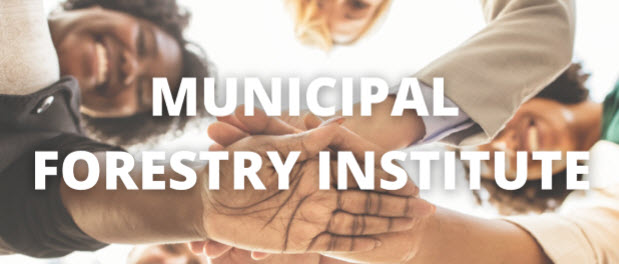 The Municipal Forestry Institute is an intensive high-level professional growth program of the
The Municipal Forestry Institute is an intensive high-level professional growth program of the 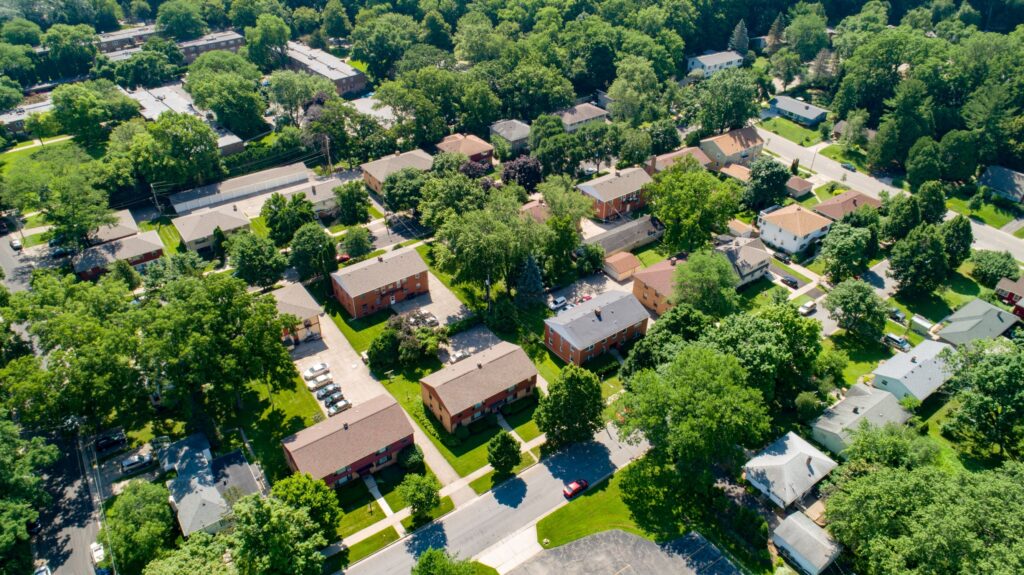 Cities, villages, towns, counties, tribes and 501(c)(3) nonprofit organizations in or conducting their project in Wisconsin can apply for a regular or startup 2024 Wisconsin Department of Natural Resources (DNR) Urban Forestry Grant.
Cities, villages, towns, counties, tribes and 501(c)(3) nonprofit organizations in or conducting their project in Wisconsin can apply for a regular or startup 2024 Wisconsin Department of Natural Resources (DNR) Urban Forestry Grant.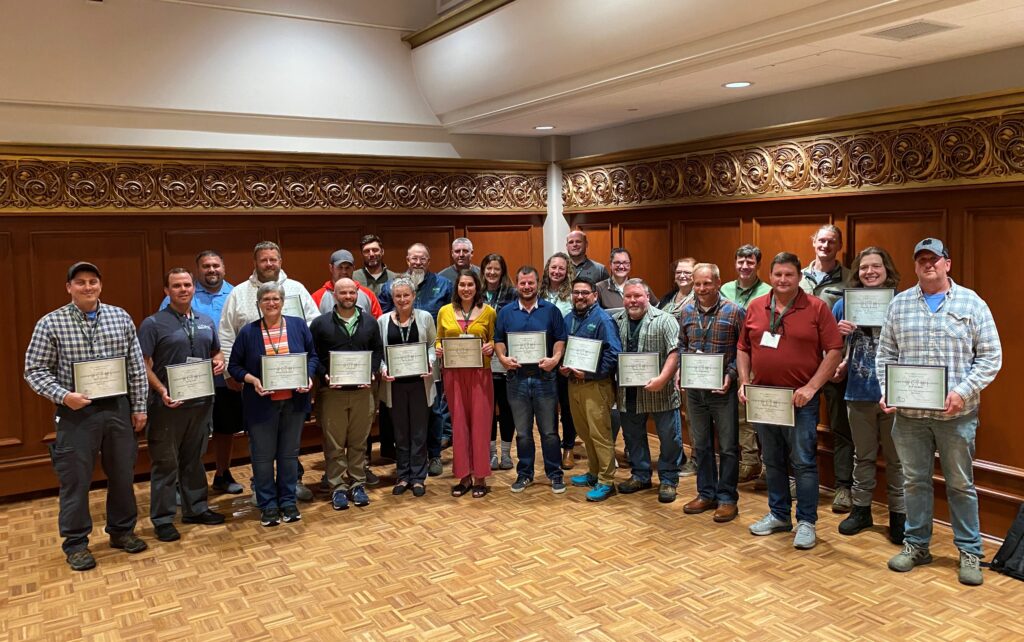
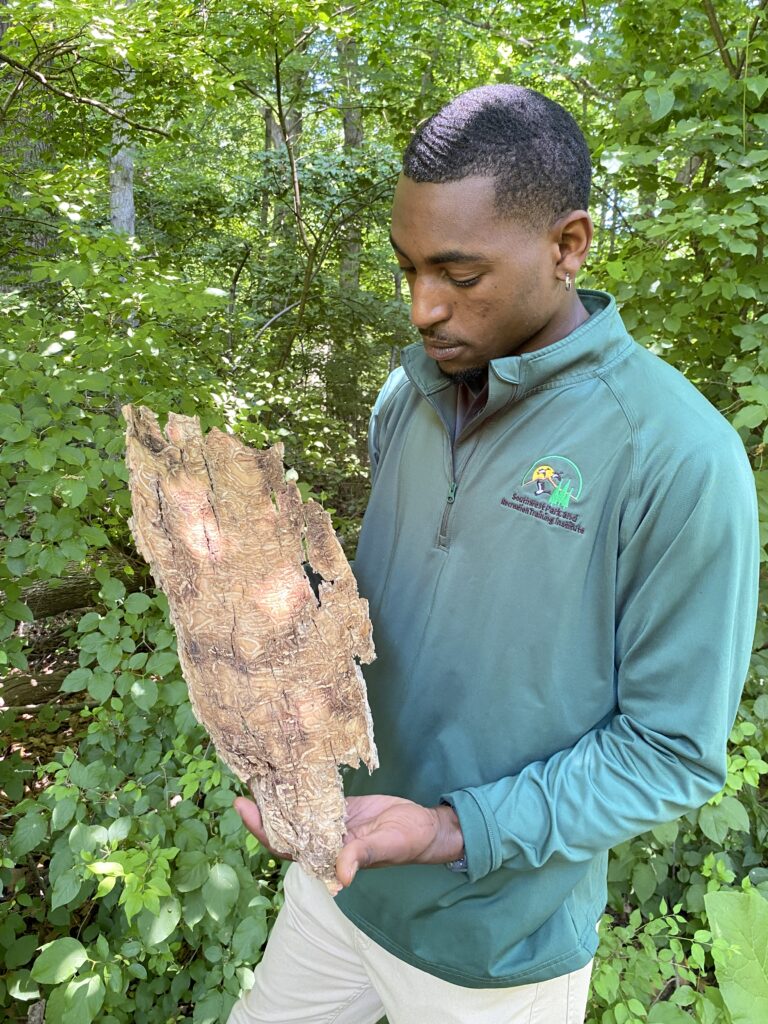 Deron Isom will be graduating this spring from Southern University and A&M College’s Urban Forestry and Natural Resources Department. He chose urban forestry and natural resources to contribute to the care of the environment. During his time at Southern, he had opportunities to intern with the National Fish and Wildlife Foundation and partner with the Recreation & Park Commission for East Baton Rouge Parish to produce multiple resource management plans and tree inventory projects. He is currently employed with the USDA at the Honeybee Breeding, Genetics and Physiology Agricultural Research Lab. He is known for his master status as a professional pugilist as well as pursuing a professional boxing career. He is a member of The Society of American Foresters, The Louisiana Forestry Association, Southwest Parks and Recreation Training Institute, and Spartans Boxing Club. He has goals to increase global contributions to sustainable living and spread his knowledge of agriculture.
Deron Isom will be graduating this spring from Southern University and A&M College’s Urban Forestry and Natural Resources Department. He chose urban forestry and natural resources to contribute to the care of the environment. During his time at Southern, he had opportunities to intern with the National Fish and Wildlife Foundation and partner with the Recreation & Park Commission for East Baton Rouge Parish to produce multiple resource management plans and tree inventory projects. He is currently employed with the USDA at the Honeybee Breeding, Genetics and Physiology Agricultural Research Lab. He is known for his master status as a professional pugilist as well as pursuing a professional boxing career. He is a member of The Society of American Foresters, The Louisiana Forestry Association, Southwest Parks and Recreation Training Institute, and Spartans Boxing Club. He has goals to increase global contributions to sustainable living and spread his knowledge of agriculture.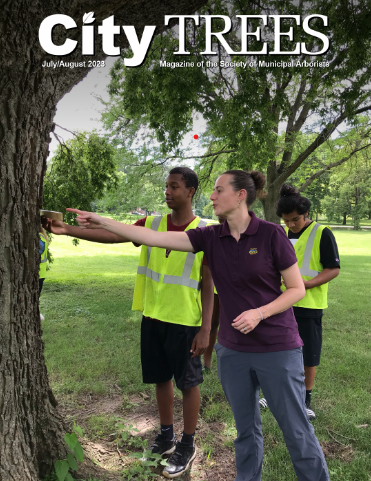
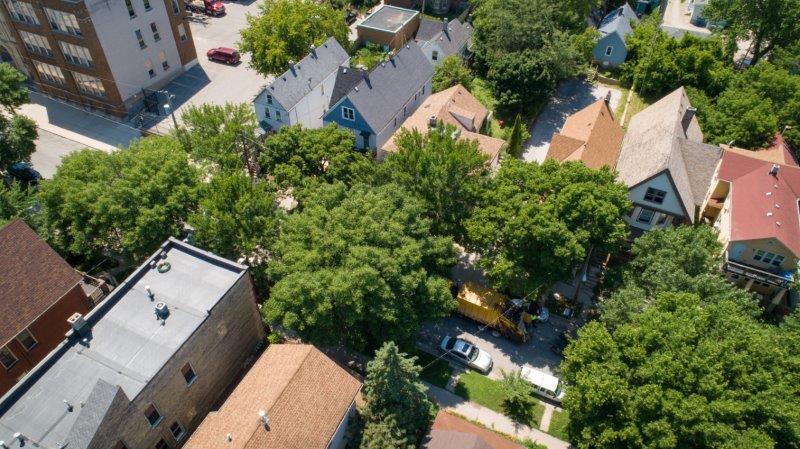 Applications for Urban Forestry Grants are opening soon!
Applications for Urban Forestry Grants are opening soon!